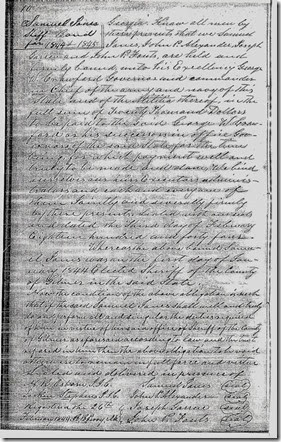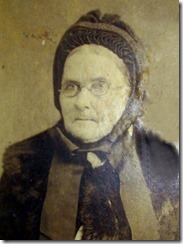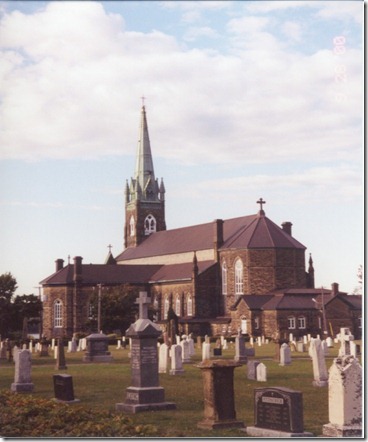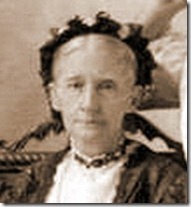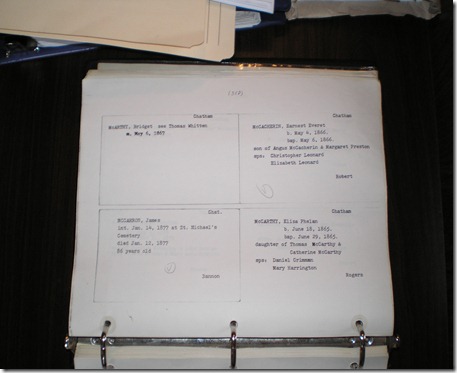Between 1811, when John McGinnis was born, and 1836, the year of his immigration to Canada, Ireland suffered thru at least 8 years of famine, as well as epidemics of Typhus in 1817 and Cholera in 1832. He was but 25 when he entered Canada in 1836.
One might easily assume that within these events lies the reason for the man to emigrate to Canada. He was no different than many others before and most especially those that followed him as a result of the “Great Famine Years” some ten years later.
Although we commonly think of but one devastating Irish famine as occurring between 1845 and 1849 there were smaller harvest failures in 1816-18, as well as others when many died from malnutrition and disease. This was a European famine period that certainly reached the Island of Ireland as well. Then comes the year 1821 and it begins once again
The following list might help to bring all the years of suffering in Ireland into better focus. At least those years that our ancestors had surely experienced. Famine was not new to Ireland in the 1800’s for records reflect occurrences long before. Nature as well as political events both took their toll on the Irish people. The famine periods only added to the stress and misery that an Irish Catholic especially had to endure. Protestants suffered greatly as well but they did not have to deal with the same prejudice that the Catholic population also had to deal with. In reality, people of all faiths suffered through what nature brought their way. The divide rested not entirely between religious differences, but between gentry and the common people, between the rich and the poor. The Catholics being the dominant religion, especially of the poor, simply due to numbers took the brunt of the suffering.
1811- John McGinnis Sr. born in Ireland, assumedly in County Monaghan
1816- Thomas Donahue born in Ireland, assumedly in County Galway
1817- Famine and typhus in Ireland
1821- Margaret McCarron McGinnis born in Ireland
1821-1822- Famine strikes Ireland again
1825- Mary McKeough Donahue born in Ireland
1830-1834- Famine stalks Ireland again
1832- Cholera epidemic in Irish towns
1836- John McGinnis emigrates to Canada; Famine strikes again
1841- The population of Ireland is 8,175,000
1843- Margaret McCarron, future wife of John McGinnis Sr. emigrates to New Brunswick, Canada
1845- Thomas Donahue emigrates to the U.S. and joins the U.S Army. This is the latest probable year for his immigration based on his enlistment record. He may have arrived perhaps two or three years earlier. No actual arrival record has been found.
1845-1849- The Potato Famine; the major famine period that drove so many out of their homeland.
1850- Mary McKeough latest probable year of immigration the the U.S based on the year of her marriage to Thomas Donahue. Her actual arrival year has not been determined but there are immigration records suggesting her year of immigration was about this time.
1851- The Irish census immediately after the famine in 1851 counted a population of 6,552,385, a drop of almost 1.5 million in 10 years, or 20%, while the rest of Europe continued to increase in population. Famine and immigration both contribute to the decline.
